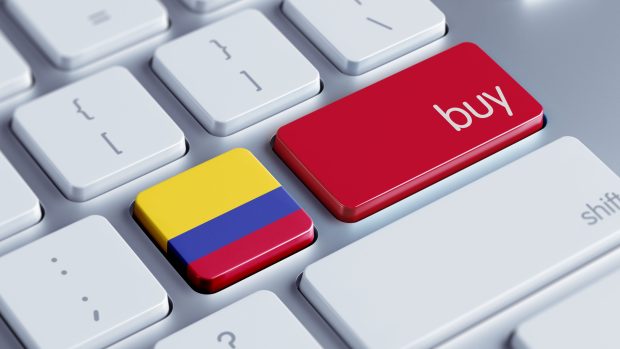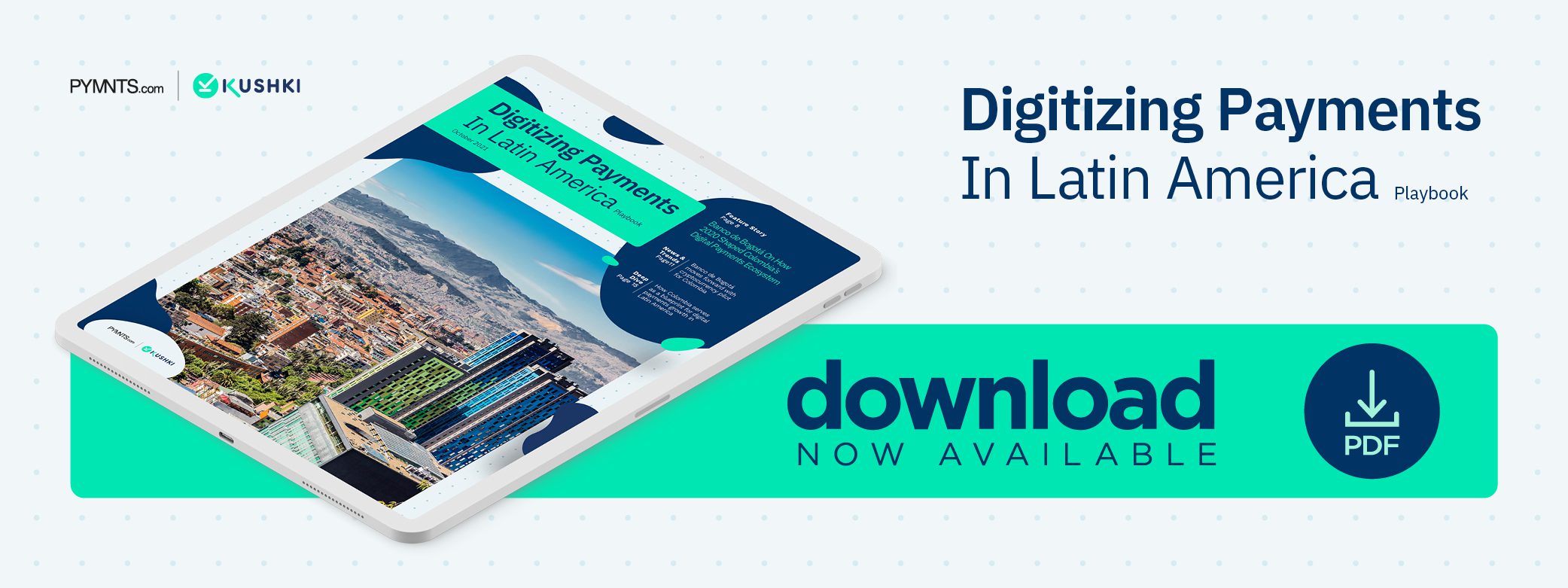Deep Dive: How Colombia Can Provide a Blueprint for Latin American Digital Payments Growth

The global health crisis provided an immediate jolt for Latin America’s nascent online payments ecosystem. One recent study determined that more than 60% of the region’s consumers reduced their cash use by at least 20% last year, while another report found that 40% of Colombian consumers are now buying products digitally. eCommerce sales also are expected to reach $6 billion to $8 billion by the end of 2022, indicating that the nation’s consumers have no plans to abandon their newfound purchasing habits any time soon.
Online banking services and FinTechs have flocked to Colombia, especially in recent years, making it the third-largest FinTech hub in Latin America after Brazil and Mexico. The country’s unbanked population has decreased noticeably amid this influx, with the portion of unbanked consumers shrinking from 30% of the population in 2015 to 23% in 2020.
This improved access to digital solutions has prompted more consumers to experiment with emerging payment methods, such as mobile wallets and contactless cards. For example, Colombian mobile payment app RappiPay reported processing 20 million transactions last year. Digital banking and payments adoption appear to be progressing rapidly in Latin America, which means payments providers and other financial players looking to establish themselves in the market must consider leveraging these methods to gain an advantage.
The following Deep Dive analyzes how Latin American consumers’ payment needs have shifted over the past year, particularly in Colombia, and how the nation’s adoption of digital payment tools could serve as a blueprint for their growth throughout the region. It also examines why keeping pace with these shifts is essential for payments providers wishing to launch their products and grow their customer bases in the region.
Making Room for Digital-first Payments
Using Colombia as a blueprint for fostering lasting digital payments adoption elsewhere in Latin America requires first examining why online banking and payments use has grown so rapidly within this particular market. One of the main factors could be the speed at which its government developed FinTech regulations, as it was among the first Latin American countries to create a regulatory sandbox for financial innovation.
This move has made it a popular choice for aspiring FinTechs looking to build out new services, and there are now 320 financial services companies operating in Colombia. As a result of FinTechs’ investments, online banking services have become more attractive to residents. Colombians appear eager to utilize these solutions as they become more commonplace, with a 2019 study finding that 76% of the nation’s consumers are using FinTech services to some extent.
Digital payments adoption continues to grow in Colombia. The nation’s digital banking space expanded 59% between 2019 and 2020, with the use of online or mobile payment types spiking significantly. QR code payment levels rose fivefold from their 2019 levels, for example.
Consumers’ rising comfort with online and mobile payments solutions also is driving Colombia’s digital payments ecosystem. More than half of the population now has access to smartphones, and many appear to be turning to mobile-optimized payments solutions when experimenting with digital financial tools. For example, 80% of the 1.6 million consumers who gained access to online banking for the first time between April and November 2020 are using digital wallet solutions.
Analyzing how robust FinTech regulation, rising smartphone penetration and trust in online marketplaces have spurred digital payments adoption in Colombia will be necessary for payments providers entering the region. New entrants must also determine how the market has created space for digital payments adoption, and examine how more traditional methods, such as cash, continue to play a role in the payments ecosystem.
Expanding Digital Payments in Cash’s World
Cash still is king across much of Latin America, with one September 2020 report finding that the method still is used for 70% to 85% of all transactions in Colombia. Consumers’ desire to use cash even increased at points during the global health crisis last year, with one study finding that cash demand rose 31% year over year during one week in November 2020. Thus, it is important for new entrants to not discount the role of cash when setting up new digital payments or banking offerings.
Keeping cash payments in the mix may be one way to encourage consumers to try out new transaction methods, in fact. Research shows that 85% of Colombians report trusting the payment method Baloto Electronico, for example — a cash-based payments solution that allows customers to use vouchers to pay both in-store and online. Understanding how to create digital payments solutions that are not aimed at replacing, but rather coexisting with, cash payments ultimately could enable payments providers to attract consumers and retain their loyalty as they set up shop within the region.

